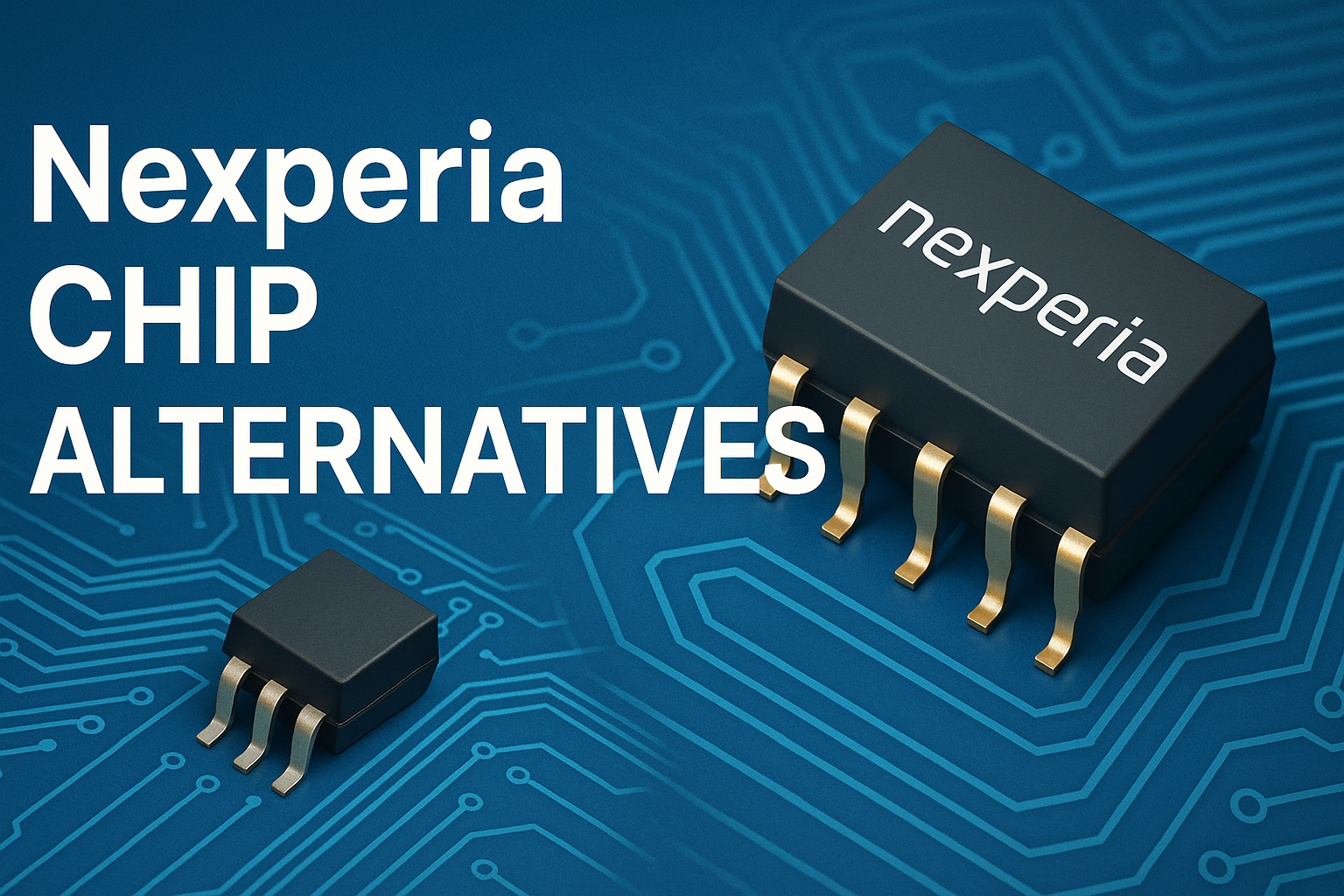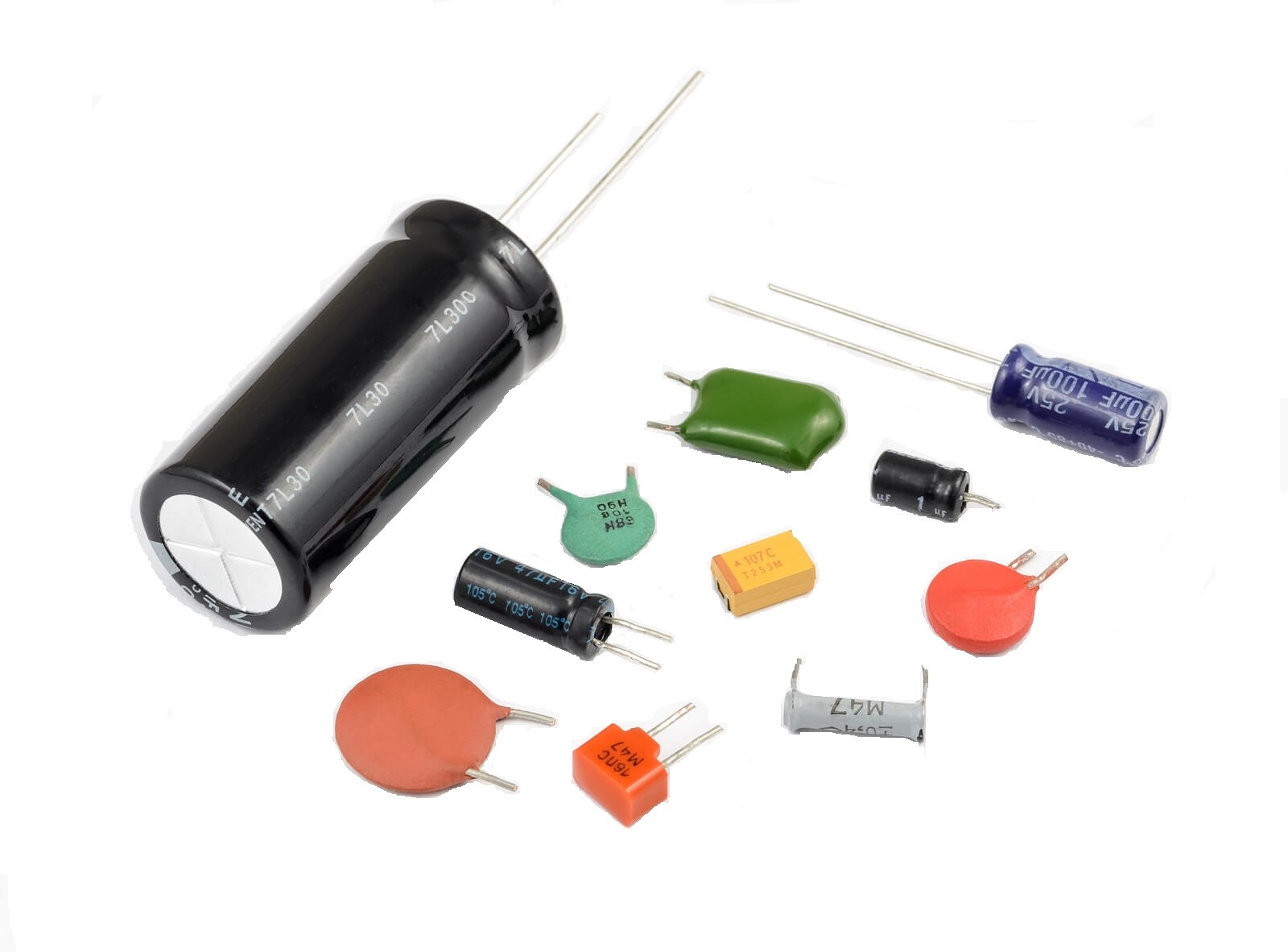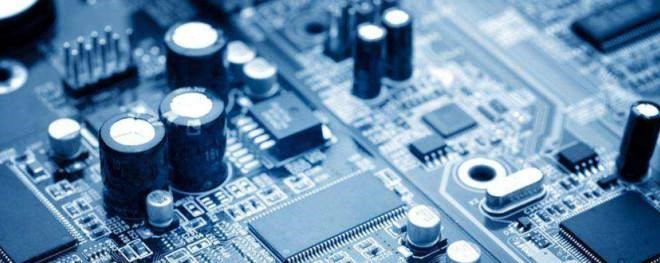Sort by
 What are the Testing Method and Types of Transistors?
What are the Testing Method and Types of Transistors?21 October 2025
A transistor is a semiconductor device that is commonly used in amplifiers or electronically controlled switches. It’s the basic building block that regulates the operation of computers, cell phones, and all other modern electronic circuits. Due to the fast response time and high accuracy, transistors can be used for a variety of digital and analog functions, including amplification, switching, voltage regulation, signal modulation, and oscillators. What are Graphene Transistors?
What are Graphene Transistors?21 October 2025
Graphene is a two-dimensional crystal. Its structure is very stable because carbon atoms are arranged in hexagons and connected to each other to form a carbon molecule. Nexperia Chip Alternative Selection Guide: Cross-Reference Compatible Models & Parameter Comparison
Nexperia Chip Alternative Selection Guide: Cross-Reference Compatible Models & Parameter Comparison21 October 2025
Struggling with Nexperia chip shortages? Discover the ultimate alternative selection guide with cross-reference compatible models from Infineon, ON Semiconductor, and ST. Compare specs, pricing, and find your perfect replacement today. Semiconductor Materials:Types, Properties and Production Process
Semiconductor Materials:Types, Properties and Production Process21 October 2025
The semiconductor material is a kind of electronic materials with semiconductor properties and can be used to make semiconductor devices and integrated circuits. Various external factors such as light, heat, magnetism, and electricity will act on semiconductors and arouse some physical effects and phenomena, which can be referred to as the semiconductor properties. The majority of the base materials constituting solid-state electronic devices are semiconductors. Different types of semiconductor devices have different functions and characteristics because of the various semiconductor properties. Working Principle and Characteristics of Zener diodes
Working Principle and Characteristics of Zener diodes20 October 2025
Zener diodes are diodes that act as regulators. By using the reverse breakdown state of the PN junction, the current of the Zener diodes can be changed within a wide range while the voltage is unchanged. What is a Digital Integrated Circuit and How Do We Use It?
What is a Digital Integrated Circuit and How Do We Use It?20 October 2025
Digital integrated circuits are digital logic circuits or systems made by integrating components and wires on the same semiconductor chip. According to the number of included gate circuits or components, digital integrated circuits can be divided into Small Scale Integrated (SSI) circuits, Medium Scale Integrated(MSI) circuits, Large Scale Integration (LSI) circuits, Very Large Scale Integrated (VLSI) circuits, and Ultra Large Scale Integration (ULSI) circuits. How are Integrated Circuits produced?
How are Integrated Circuits produced?20 October 2025
An integrated circuit is a miniature electronic device or component with specific circuit functions. It is made through semiconductor manufacturing processes such as oxidation, photolithography, diffusion, epitaxy, and aluminum evaporation. Introduction to Types of Diodes
Introduction to Types of Diodes20 October 2025
According to different purposes, diodes can be divided into rectifier diodes, detection diodes, Zener diodes, varactor diodes, photodiodes, light-emitting diodes, switching diodes, fast recovery diodes, etc. What are Laser Diodes?
What are Laser Diodes?20 October 2025
Laser diodes include single heterojunction (SH), double heterojunction (DH), and quantum well (QW) laser diodes. The quantum well laser diode has the advantages of low threshold current and high output power, which is the mainstream product in the market. Compared with optical maser, laser diodes have the advantages of high efficiency, small size, and long life, but their output power is small (generally less than 2mW), linearity and monochromaticity are poor, limiting their applications in cable television systems for not able to transmit multi-channel, high-performance analog signals. In the feedback module of the bidirectional optical receiver, the uplink transmission generally uses a quantum well laser diode as a light source. An Overview of Supercapacitors
An Overview of Supercapacitors20 October 2025
Supercapacitors, also known as electrochemical capacitors, electric double-layer capacitors, gold capacitors, and farad capacitors, are developed between the 1970s and 1980s, which is an electrochemical element that uses polarized electrolytes to store energy. The supercapacitor is different from the traditional chemical power supply. It is a power supply with special performance between the traditional capacitor and battery, which mainly relies on the electric double layer and redox pseudo capacitor charge to store electrical energy. However, no chemical reaction occurs during the energy storage process. This energy storage process is reversible, for which supercapacitors can be repeatedly charged and discharged hundreds of thousands of times. An Overview of Top Semiconductor Companies
An Overview of Top Semiconductor Companies17 October 2025
The widespread use of semiconductors has changed our way of life. With the proliferation of electronic equipment, companies manufacturing semiconductors are booming. Characteristics, Types, and Functions of Electrolytic Capacitors
Characteristics, Types, and Functions of Electrolytic Capacitors17 October 2025
Inside the electrolytic capacitor is an electrolyte material that stores electric charge. It has positive and negative polarity, which is similar to a battery, and it cannot be reversed. The positive electrode is a metal substrate with an oxide film. The negative electrode is connected to the electrolyte (solid and non-solid) through the metal electrode plate.

